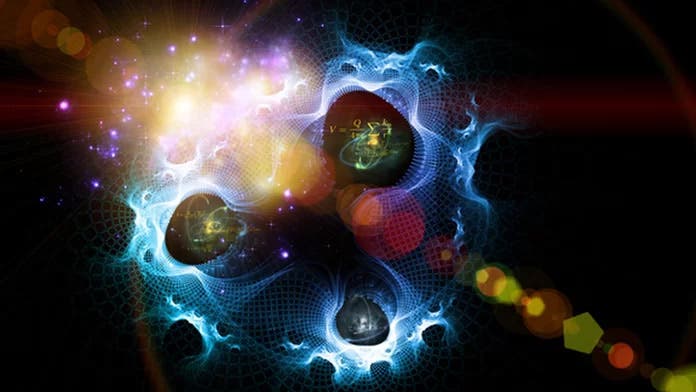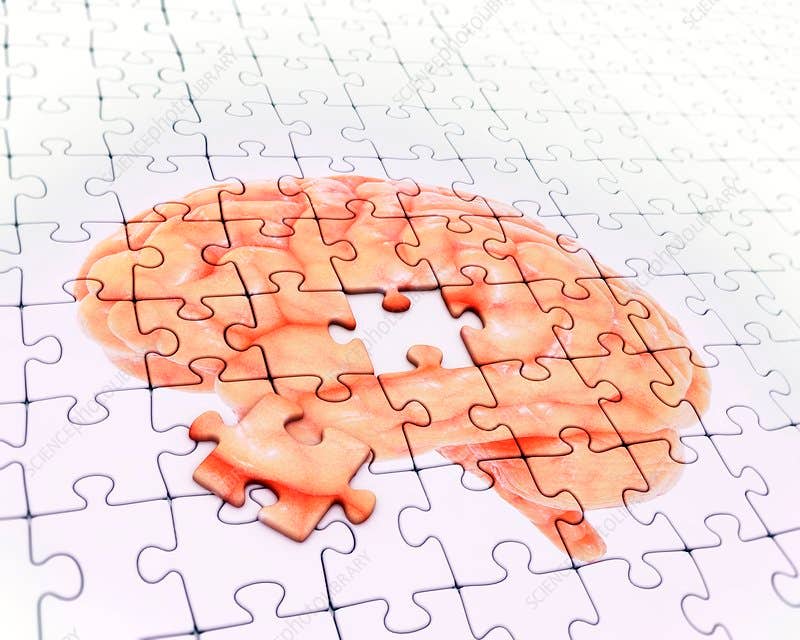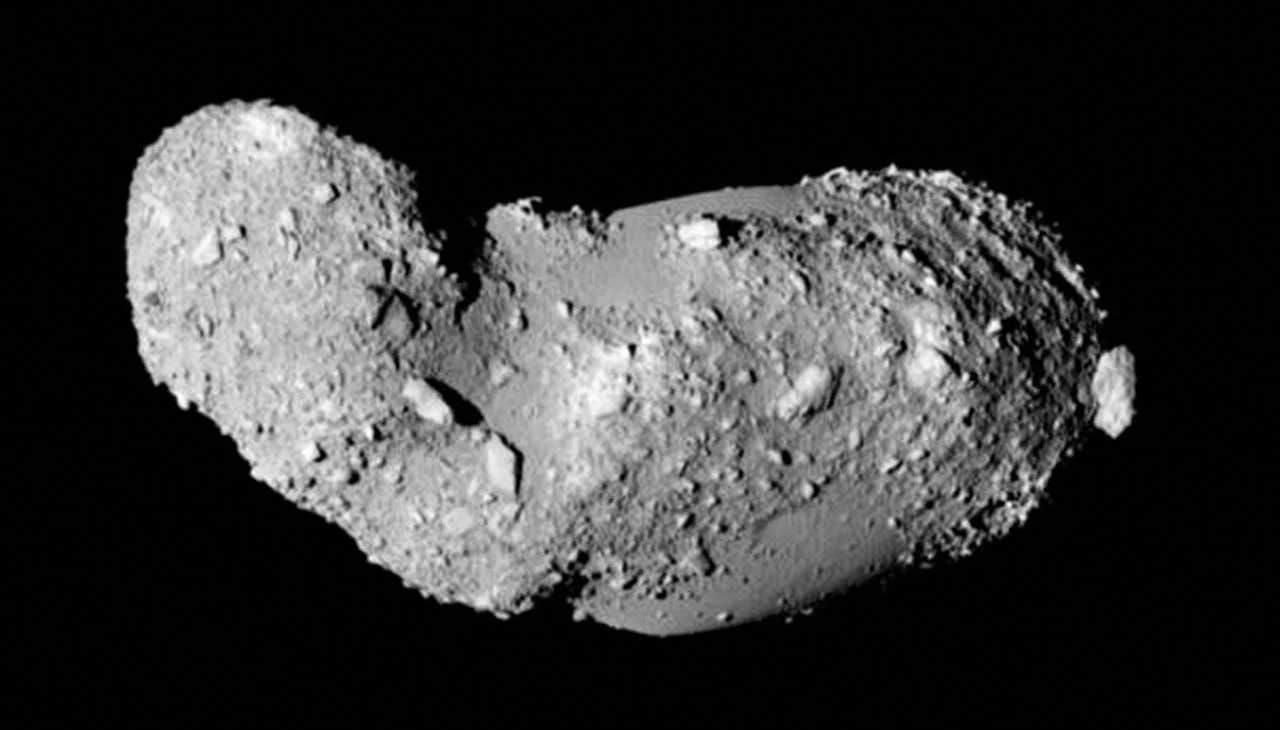Researchers shed new light on the link between quantum theory and thermodynamics
Quantum theory may allow violations of the second law of thermodynamics, but new research shows how these laws remain in harmony.

A new study reveals surprising loopholes where quantum processes could violate the second law of thermodynamics—but don’t necessarily have to. (CREDIT: CC BY-SA 4.0)
The second law of thermodynamics, a cornerstone of modern physics, states that entropy—a measure of disorder—never spontaneously decreases. It governs everything from the efficiency of engines to the unidirectional flow of time. Yet, this law has been at the center of a long-running debate since the 19th century when physicist James Clerk Maxwell introduced his famous thought experiment: Maxwell’s Demon.
The paradox imagines a tiny being capable of sorting fast and slow-moving molecules within a closed system, seemingly decreasing entropy without expending energy. If true, this would challenge the second law, allowing work to be extracted without an external energy source. Scientists have since sought explanations, often focusing on the idea that erasing the demon’s memory requires energy, restoring thermodynamic balance.
Now, a groundbreaking study by researchers at Nagoya University in Japan and the Slovak Academy of Sciences has revealed new insights into this long-standing paradox. Their findings suggest that quantum theory does not inherently prevent violations of the second law, but quantum processes can be designed to comply with thermodynamic constraints.
This research, published in npj Quantum Information, opens new possibilities for quantum computing, nanoscale engines, and fundamental physics.
Quantum Information and the Thermodynamic Tradeoff
Thermodynamics and information theory have long been linked, particularly in the field of information thermodynamics, which examines the relationship between measurement, memory, and energy.
Previous work suggested that the second law could be violated when considering only the system being observed, but that the cost of measurement and memory erasure always restores balance.
Physicists Masahito Ueda and Takahiro Sagawa expanded on this idea by proposing a second law of information thermodynamics. Their work provided an upper limit on how much energy could be extracted through feedback control. However, the mathematical foundations of these equations contained inconsistencies and were based on idealized measurements.
Related Stories
To address these gaps, the new study takes a broader approach. Rather than attempting to derive the second law from specific assumptions, the researchers started from a purely information-theoretic perspective. This allowed them to derive general balance equations that apply to any measurement and feedback process, including non-ideal ones.
Their findings confirm that the second law of information thermodynamics holds universally—so long as the conventional second law is obeyed.
Maxwell’s Demon and Quantum Measurement
The research team developed a mathematical model for a “demonic engine,” a system powered by Maxwell’s Demon. Their model consists of three steps:
- The demon measures a quantum system.
- It extracts energy by coupling the system to a thermal environment.
- The demon erases its memory, interacting with the same environment.
Using the framework of quantum instruments, a mathematical method introduced in the 1970s to describe quantum measurements, the researchers derived equations for the work performed by the demon and the work extracted. These equations incorporated quantum information measures, including von Neumann entropy and Groenewold-Ozawa information gain.
The results were surprising. Under certain conditions, the extracted work exceeded the work expended—even when accounting for all costs. This appeared to contradict the second law. “This revelation was as exciting as it was unexpected, challenging the assumption that quantum theory is inherently ‘demon-proof,’” explained lead researcher Shintaro Minagawa. “There are hidden corners in the framework where Maxwell’s Demon could still work its magic.”
Despite these loopholes, the researchers emphasize that they do not actually threaten the second law. Instead, they reveal that quantum mechanics and thermodynamics can exist in harmony. “Our work demonstrates that, despite these theoretical vulnerabilities, it is possible to design any quantum process so that it complies with the second law,” said Hamed Mohammady. “In other words, quantum theory could potentially break the second law, but it doesn’t have to.”
The Future of Quantum Thermodynamics
One of the most striking conclusions of the study is that quantum mechanics and the second law of thermodynamics are logically independent. This means that quantum theory does not inherently recognize the constraints imposed by thermodynamics. However, processes can always be designed to uphold these constraints by adding auxiliary systems to restore balance.
As Francesco Buscemi put it, “One thing we show in this paper is that quantum theory is really logically independent of the second law of thermodynamics. That is, it can violate the law simply because it does not ‘know’ about it at all. And yet—and this is just as remarkable—any quantum process can be realized without violating the second law. This can be done by adding more systems until the thermodynamic balance is restored.”
This research not only deepens our understanding of the second law but also provides a foundation for new quantum technologies. The ability to explore quantum systems within thermodynamic constraints could lead to advances in quantum computing, more efficient energy conversion at the nanoscale, and novel insights into the fundamental laws of nature.
As scientists continue to refine the interplay between quantum mechanics and thermodynamics, one thing remains clear: the delicate balance between these principles will shape the future of both fundamental physics and technological innovation.
Note: Materials provided above by The Brighter Side of News. Content may be edited for style and length.
Like these kind of feel good stories? Get The Brighter Side of News' newsletter.
Joseph Shavit
Head Science News Writer | Communicating Innovation & Discovery
Based in Los Angeles, Joseph Shavit is an accomplished science journalist, head science news writer and co-founder at The Brighter Side of News, where he translates cutting-edge discoveries into compelling stories for a broad audience. With a strong background spanning science, business, product management, media leadership, and entrepreneurship, Joseph brings a unique perspective to science communication. His expertise allows him to uncover the intersection of technological advancements and market potential, shedding light on how groundbreaking research evolves into transformative products and industries.



